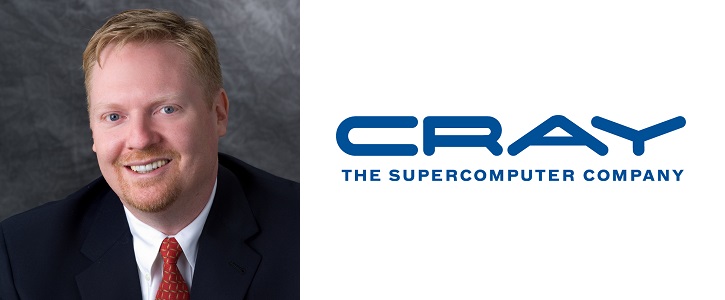President Obama has released an executive order entitled “Creating a national strategic computing initiative” issuing demands to build the world’s first exascale computing system that will potentially power the country’s government departments and facilitate high-performance computing (HPC) research and development.
Exascale supercomputer
The plan to build a computing system that performs 1 million trillion floating-point operations per second or 1 exa-flops is impressive indeed, as it will surpass the capability of any existing supercomputers like China’s Tianhe-2.
Obama’s executive order describes the project as:
"[a] whole-of-government effort designed to create a cohesive, multi-agency strategic vision and Federal investment strategy, executed in collaboration with industry and academia, to maximize the benefits of HPC for the United States."
The exascale super computer will be used by government organizations and law enforcements including NASA, the Federal Bureau of Investigation (FBI), the National Institutes of Health, the Department of Homeland Security, and the National Oceanic and Atmospheric Administration (NOAA).
According to ZDNet, Obama believes that “increased demand for computing power and maintaining economic growth requires the high performance of next-generation computers.” Thus, the government seeks to implement the computing system facilitating public-private collaborative research and communication between government departments, institutions and partnering companies.
Criticism
Recently, a few bitcoin “enthusiasts” on Reddit began to ponder about the effect of Obama’s exascale supercomputer if it was ever used to mine bitcoins. Despite its impressive specifications, the world’s fastest super computer, China’s Tianhe-2, is 142,024 times slower than the bitcoin network. Even if the exascale supercomputer is used to mine bitcoins, its impact would be a drop in the bucket.
However, Steve Scott, senior VP and CTO at Cray explained to IEEE Spectrum that the technological difficulties of building such an advanced computing system is not the developing/designing part but rather the cost and energy of running the system which is difficult to maintain.
Scott:
"To some degree it depends on how much money a country is willing to spend. You could build an exaflop computer tomorrow, but it'd be a crazy thing to do because of the cost and energy required to run it."
In other words, even if the project is successfully initiated and the machine is built flawlessly, it will require enormous amount of energy and costs which may not be worth the time and costs invested in designing it.

